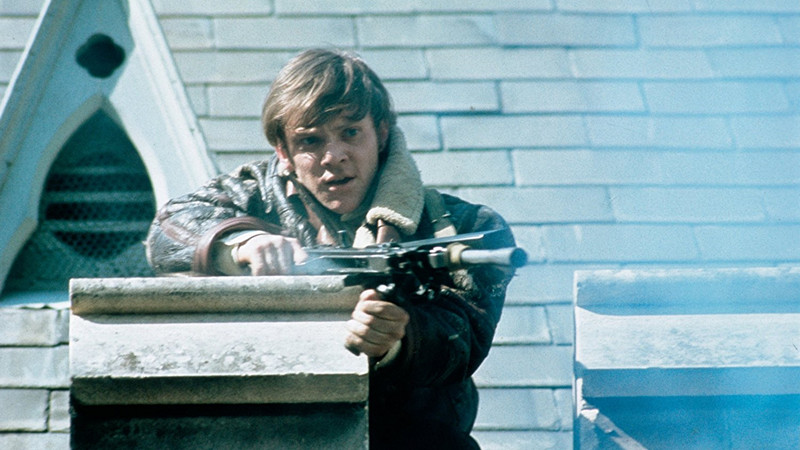
The Cannes Film Festival was launched in 1939, stopped during World War II, and reprised in 1946, establishing an international meeting of cineastes from all over the globe every June in the lovely Mediterranean city.
Cannes was, from the very beginning, open to good cinema, no matter where it came from. Many times, the choices made by its jury influenced the Oscar committee in their nominations and awards. Five films have earned both Palme d’Ors and Oscars for Best Foreign Language Picture, while Marty was the only film to win both Palme d’Or and Oscar for Best Picture.
Cannes stood for social and political cinema. Cannes love Ken Loach and the Dardenne Brothers. The jury seems to capture the social pulse of the times, awarding films such as “Dheepan,” Fahrenheit 9/11” and “Underground.” The festival was open to innovative American directors, launching the careers of Quentin Tarantino and Steven Soderbergh, among others.
Some Palme d’Or winners, like “Pulp Fiction,” “The Conversation” or “Wages of Fear” became all-time classics and have taken their place in many lists. Others were undeservingly forgotten. This list helps remind us of some of those films we should rediscover!
1. The Class (Laurent Cantet – Palme d’Or 2008)
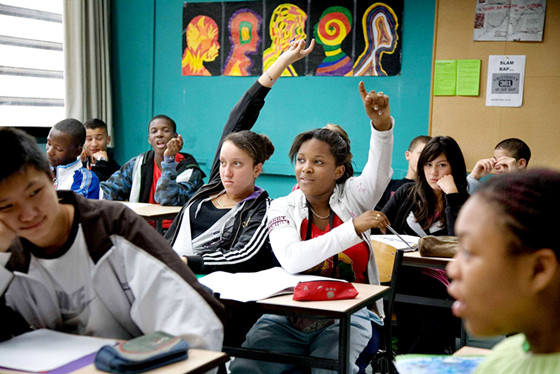
This is one of the rare unanimously voted Palme d’Or winners, as Sean Penn, the president of the jury, declared a film inscribed in the long history of sociopolitical cinema that narrates various scenes of an academic year in a secondary school, somewhere in the Parisian ‘banlieues’.
The teachers are all-white French. The pupils in class B2, the class where Professor Martin teaches French, is an amalgam of nationalities: French, Moroccan, Chinese. They are gathered in a class that seems always ready to explode, against the teacher’s will to maintain order and gain respect and collaboration.
The problem of immigrants and their integration into society is on the table in this movie, an adaptation of a novel written by François Bégaudeau, a former professor in a working class district school in Paris, who also wrote the adapted screenplay and played in the leading role.
Among the multitude of movies on education, especially on educating children in vulnerable social groups, and among the films that show how education reflects the inequalities in society, this was for sure one of the most honest. It was the one that neither beautified nor moralized but just showed reality, the everyday school life ‘in between the walls’.
Filmed with three digital cameras in the classroom, starring teenagers chosen by the director, Laurent Cantet, after having passed a yearlong workshop, it bears liveliness and a truth that enchanted and challenged.
2. Rosetta (Dardenne brothers –Palme d’Or 1999)
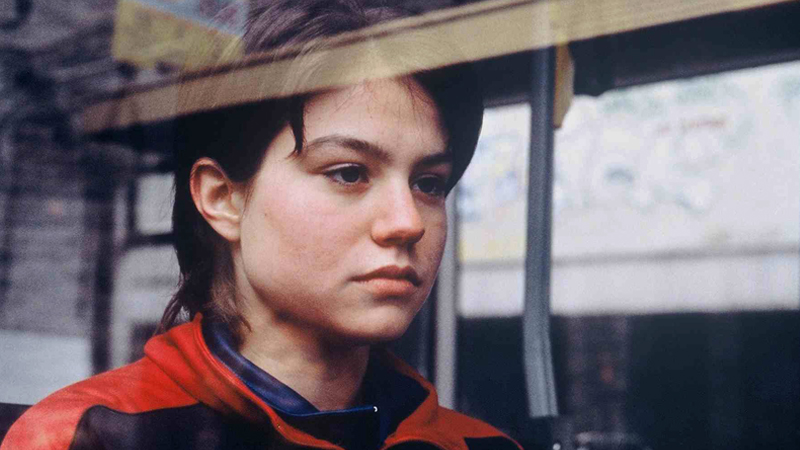
Jean-Pierre and Luc Dardenne are among the most beloved directors of the Cannes Film Festival. In 1999 they left the Mediterranean coast with the Palme d’Or for a very harsh social drama that created one of the most surprising anti-heroines of modern cinema.
Rosetta is the daughter of an alcoholic mother who cares more about booze and getting laid than her child. She struggles with tenacity to make ends meet and live a normal life, with a house instead of the caravan they live in, money and a job. The more she cannot get a job, the more furious and aggressive she gets.
Until somebody who’s as poor and insignificant as her notices her and tries to help her. Rosetta takes the help offered, but that won’t deter her from betraying him in order to get what she mostly wants: a job.
Poor people are not entitled to dignity. When you fight every day to survive, you are closer to an animal than to a human being with ethics and values. That is the hard lesson taught by Rosetta. The young girl is a haunted little animal who has known no love and care and thus has no moral boundaries. In our welfare European states, having a job is maybe a dream that one has to pay very hard to get.
A denouncement of galloping unemployment, of the failure of the welfare state, this was a film that shocked when it was first released. It is filmed with a handheld camera, with long close shots of Rosetta as she makes her way through a painful routine, focusing on minor details that reveal inner truths. (The scene of Rosetta drinking the beer offered to her in one gulp was widely discussed.) Fine European social cinema, the kind of cinema Cannes always awards.
3. Farewell My Concubine (Kaige Chen – Palme d’Or 1993)
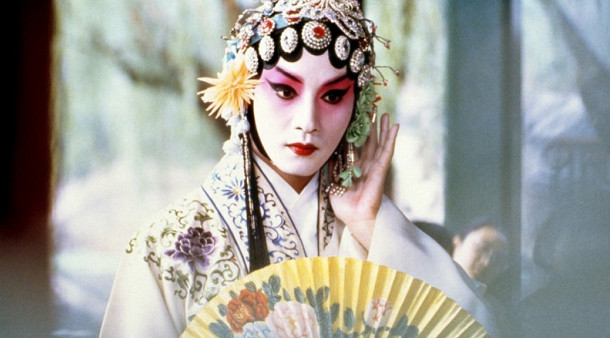
One of the most cinematographically stunning films ever made, the first Chinese production ever to win a Palme d’Or was one of the Fifth Generation directors’ movement that brought Chinese cinema to world’s attention. As with most of the films of this movement, through portraying intimate relationships it deals with China’s turbulent history in the 20th century.
The script is tangled around the very intimate relationship between Douzi and Shitou, two young boys who are trained to become opera actors in Beijing. The tortures they have to suffer during their apprenticeship bring them close, and their bond grows even stronger when they are chosen to act as the concubine and the King in “Farewell My Concubine,” a play they will perform uncountable times until the end of the movie.
As years go by, the two friends – now famous Beijing opera actors – have to face new situations and problems both in their personal lives (Shitou is married against Douzi’s will, Douzi gets addicted to opium) as with their social environment (Japanese occupation, nationalists’ government, Maoist China and the Cultural Revolution).
The film premiered in Chinese theaters for two weeks and then was banned due to its portrayal of violence and torture under Mao’s regime. After winning both the Palme d’Or and Oscar for Best Foreign Language Film, China permitted its release in theaters, though several scenes were cut.
4. Pelle the Conqueror (Bill August – Palme d’Or 1988)
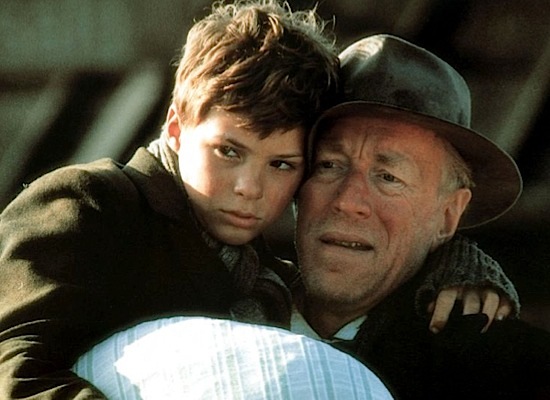
Both the Palme d’Or and Oscar winner for Best Foreign Language Film for an epic coming of age movie, with Max von Sydow in one of the two leading roles. What more do we need?
Based on a famous novel from 1910, this drama focuses on the life of a father and son who migrate from Sweden to Denmark to evade impoverishment, and their mourning the loss of Pelle’s mother.
On their arrival to the island of Bornholm, things don’t turn out the way they expected. Lasse, the father, finds a poorly paid job on a big farm where both father and son are badly treated by the manager. They have to face discrimination and racism by the Danish society, which doesn’t seem to welcome strangers. Hostility against the unknown seems to be an all-ages phenomenon.
However, Pelle is a fighter. He goes to school and learns Danish in an attempt to integrate to the society. Pelle wants to travel and conquer the world. No matter how harsh the reality is, no matter the obstacles set in front of him, Pelle will set off for his dreams.
The story of a harsh ‘coming-of-age’, a universal tale of parent-child relations, racism, the need for love, rebellion, featured a striking cinematography of greys, dark browns and soulless ochres painting a hostile, yet beautiful, Danish landscape. With von Sydow in one of his greatest roles and young Pelle Hvenegaard brilliantly performing, the film was appraised by critics and loved by the audience… and was very soon forgotten.
5. When Father Was Away on Business (Emir Kusturica – Palme d’Or 1985)
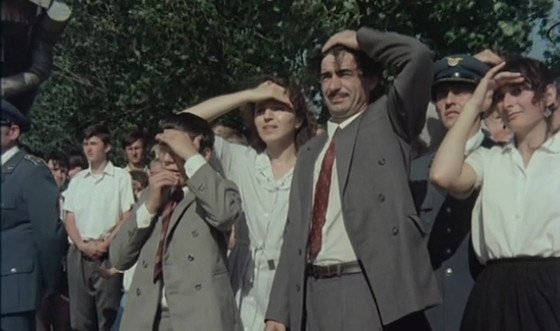
In 1985, the cineastes in Cannes discovered Yugoslavian filmmaker Emir Kusturica, awarded him with the Palme d’Or, and helped him launch an international career that would end with his second Palme d’Or for “Underground.”
Born a Servo-Bosnian, Kusturica tells the story of Yugoslavia during the 60s in the wake of the Tito-Stalin split, when the state apparatus desperately seeks out enemies of the regime. A careless remark Mesa made to his lover about a caricature in the Party’s newspaper will lead him to a labor camp far away from his home, his wife and his two sons. When the children ask Sena, their mother, where their father is, she answers, “He’s away on business.”
Kusturica showed, throughout his work, his love for his country, which grew even stronger when it started to fall apart. He knew how to depict social reality with striking humor; he builds real, living characters, he chooses very good actors – as Manojlovich – and works with them masterly.
What’s more, it is one of the first political films from the ‘other side’ of the curtain, portraying a country about which the Western world in those days knew practically nothing in a direct, human way, without accusing or fabricating good and evil. For Kusturica, his world was existing on its own, not in juxtaposition with any other worlds. It was a world he loved, and for which he released almost all his movies.
6. The Ballad of Narayama (Shohei Imamura – Palme d’Or 1983)
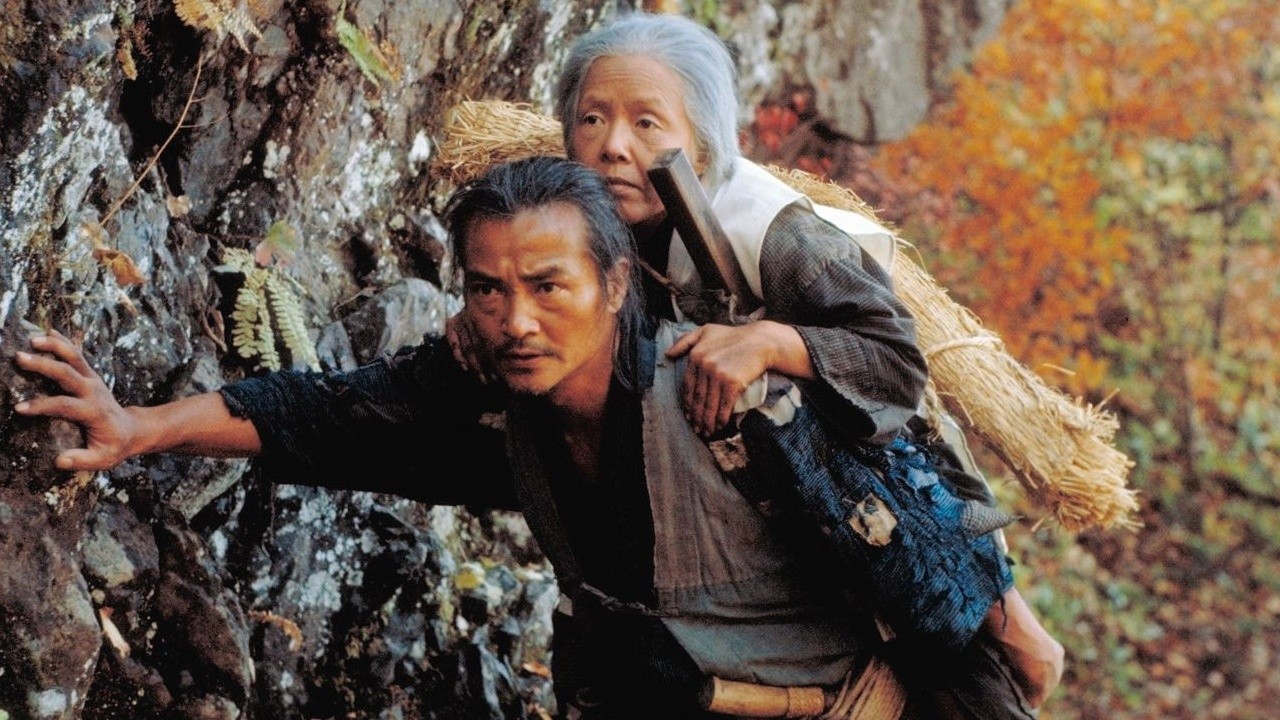
“The Ballad of Narayama” is a lyrical poem transcribed for the big screen. Its assets are numerous, starting from the brilliant use of color and the miraculous way it depicts seasons in nature, to breathtaking images of mountains, fields and wildlife. That would be enough to consider it a good movie.
But that was just the beginning. Shohei Imamura narrates a great story – the film is actually a remake of a 1958 black-and-white movie by Kinoshita, based both on a novel by Fukazawa, in a quite different way from its predecessor.
The epicenter of the story is food, or rather the scarcity of food. In agricultural societies, all people cared about was whether they would have enough food to pass the winter. In the village where the story is taking place, the food supplies are limited, so the community has decided to bring its elders to the mountain Narayama and let them die there, so that there would be fewer mouths to feed. The cruelty of this action is embellished by the legend of god Narayama who lives in the mountain and waits to receive the souls of the elderly.
Imamura casts a different view of the tale. Though faithful to the original script, it depicts the inner relations of the community, their cruelty in treating parents who refuse to go to the mountains or people who steal food because they don’t have enough to eat. He shows a society where all feelings are dictated by the need for food and copulation.
Next to Oshima, Imamura films edgy erotic scenes among the villagers, whose superstitions seem to go hand in hand with sexual libertinism. He creates an eerie picture of a remote mountain village stressing the ever-praised relationship between mother and son, which ends up in their tormented hike to the mountain, where the mother is left alone to meditate, waiting patiently for her death to come.
7. Missing (Costas-Gavras – Palme d’Or 1982)
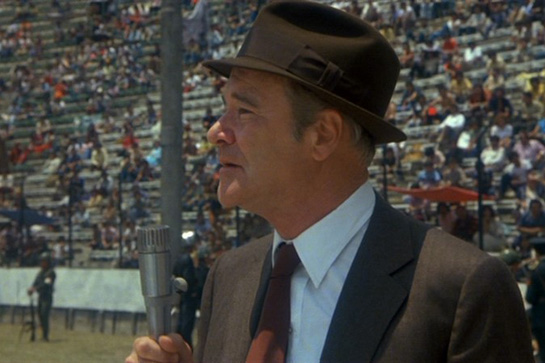
The story of Charles Horman, an activist who lived in Allende’s Chile with his wife, Beth, and mysteriously disappeared on the day of Pinochet’s coup, and the odyssey of his wife and father who traveled to Chile trying to learn about his fate, is the theme of the purely political auteur Costas-Gavras. The film, shot just nine years after Pinochet’s coup, is a condemnation of the US intervention in the countries of Latin America, where they eliminated or murdered elected government members and orchestrated coups.
Costa-Gavras, in his first American film production, tried to stay as close as possible to reality. He, Jack Lemmon and Sissy Spacek worked very close with Ed and Beth Horman. The film does not mention Chile anywhere, but it is implied. The prologue states, “All the facts in the film are real and documented. Name changes were made to protect innocent people and the film.”
Universal Studios wanted to refer in the beginning to Chile in September 1973, but Gavras refused on the grounds that this story continues in other parts of the world where people disappear every day.
It won a Palme d’Or, tied with “Yol” from Turkish filmmaker Yilmaz Güney and an Oscar for Best Screenplay Based on Material from Another Medium.